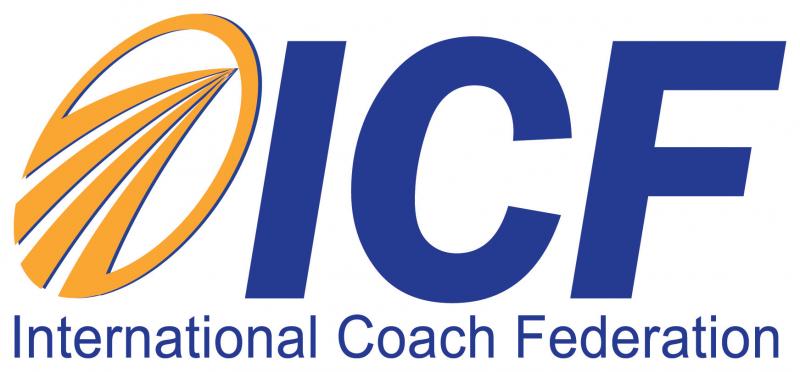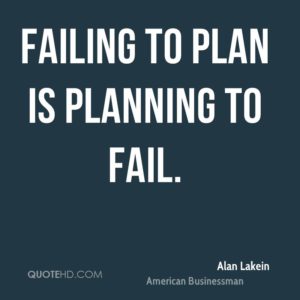The best checklist for beginners
In case you are just now starting your Coaching walk as a Coach:
- Before the initial session, have a conversation with the client. Explain what to expect, what to bring, how much time it will take, and anything else that would allow the client to get prepared and look forward to the session.
- Be sure the environment and room setup for the first meeting are safe, quiet,and not distracting. No phones, beepers, or other machines are allowed to intrude.
- Welcome the client and set the tone. Let the client know of your eagerness to work with him or her.
- Explain how the session will proceed: the amount of time, whether you will be aking notes, whether the client will be taking notes, a sense of what will be covered (balance, values, goals, action plans, or other issue), what will result from this session, and anything else that will inform the client and put him or her at ease.
- Discuss coaching and explain how it has developed as a profession. Cite examples of people (after obtaining their permission) who have used coaching and describe how it has benefited them. Tell the client about the kinds of tools you might be using, about the options for how often you will meet, whether by phone or in person, and so on. Give an overview of coaching, not the details. Indicate here that the coaching relationship is one of design and alliance.
- Discuss your background.
- Describe confidentiality and define exactly what it will mean. In most cases, the client is responsible for whatever report the organization requires; the coach maintains confidentiality with the client. In some cases, the coach, the client, and a person from the organization, such as the client’s supervisor or the person hiring the coach, arrange to meet for the purpose of reporting results and evaluating next steps. It is important to have a clear understanding of the ground rules before the coaching begins. (Note: In order to clarify the three roles, it is becoming more common to refer to the three as coach, coachee [formerly “the client”], and client [the organization or representative of the organization that contracts for the coaching].
- Explain in detail how clients design the alliance to get them where they want to go. Then design the alliance, giving the client examples of how you might work with him or her. Include accountability, brainstorming, the amount of attention allotted to the client’s personal life, skill development, 360-degree feedback and the like.
- Explore values clarification and the Saboteur, and do some form of vision work.
- Fill out the Primary Focus form with the client. It is useful to include some area of focus from his or her personal life or personal development. In this way, the client learns that the coaching is personal, not just about the job. This is where the client discusses what’s really important. Plan to spend a good bit of time on this step.
- Review other forms and tools you may find useful, such as planning calendars, information tracking forms, and personal inventory forms.
- Design clear goals with due dates, and ensure that these items get posted in the client’s calendar. Define accountability and illustrate how it works. Assure the client that he or she is the designer of action plans and that the coach is not a disciplinarian.
- Discuss the anticipated high and the corresponding low (the loss of enthusiasm that often occurs four to eight weeks into the coaching). Explain that it is the client who grants the coaching relationshippower, ask that he or she do so, and ask if you may remind him or her of this from time to time. Point to the expected emergence of the Saboteur.
- Discuss how future coaching sessions will go. Set up future session times and establish ground rules for tardiness, missed sessions, vacations, and other interruptions.
- Set up the nature of assignments and inquiries.
- Close the session with optimism and a potent sense of the client’s future.
- Do not forget to measure your performance.


